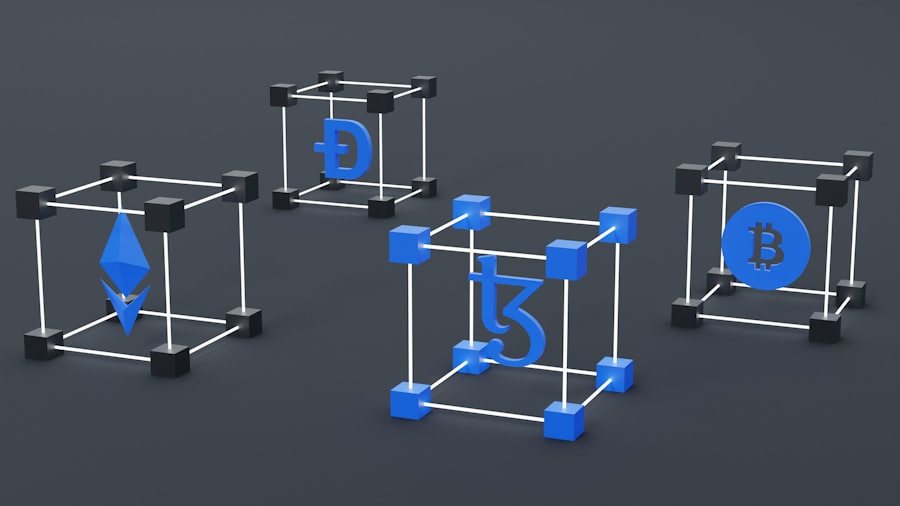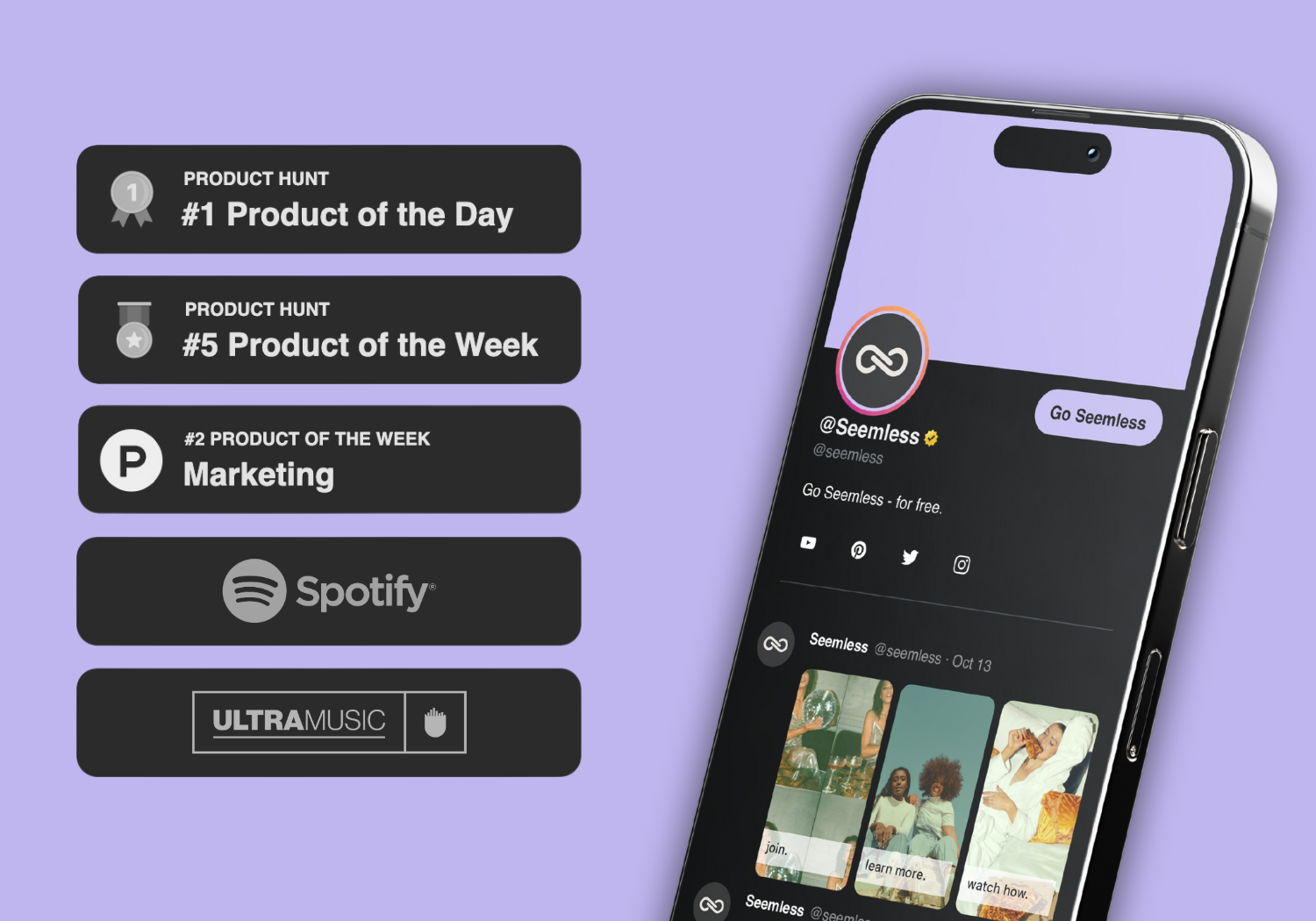In the digital era, maintaining a strong online presence is essential for both individuals and businesses. Social media has become a primary platform for audience engagement, creating a need for centralized hubs to consolidate online content. Platforms like Solo and Linktree address this need by allowing users to create a single landing page that houses multiple important links, simplifying navigation and content access for their audience.
Solo is a comprehensive platform offering a wide range of features for creating professional and customizable landing pages. Users can add links to social media profiles, websites, blogs, and other online content. Solo also provides advanced analytics and insights to help users track link performance and understand their audience better.
Linktree, in contrast, is a simpler tool serving the same purpose of creating a single landing page for multiple links. It is popular among individuals and small businesses due to its user-friendly interface and straightforward approach. While both Solo and Linktree aim to streamline the online experience for users, they differ in terms of user experience, customization options, analytics capabilities, pricing structures, and integration with social media platforms.
Key Takeaways
- Solo and Linktree are both popular tools for creating a single link to house multiple links for social media profiles and content.
- Solo offers a more visually appealing and customizable interface compared to Linktree, which has a more basic and straightforward design.
- When it comes to customization options and branding, Solo allows for more flexibility in terms of colors, fonts, and layout, while Linktree has more limited options.
- Solo provides more in-depth analytics and insights into link clicks and user behavior, while Linktree offers basic analytics with its free version and more advanced insights with its paid plans.
- In terms of pricing and value for money, Solo offers a free plan with limited features and paid plans starting at a lower price point compared to Linktree, which has a free version with basic features and paid plans with more advanced options.
- Both Solo and Linktree integrate seamlessly with popular social media platforms, allowing users to easily add their single link to their profiles and posts.
- In conclusion, Solo is recommended for users looking for a more visually appealing and customizable option with more in-depth analytics, while Linktree is a good choice for those seeking a straightforward and budget-friendly solution.
User Experience and Interface Comparison
Customization Options
Solo provides users with a more comprehensive and customizable interface, allowing them to design their landing page to reflect their brand identity. With Solo, users have the option to choose from various templates, customize colors, fonts, and layouts, and add images or videos to make their landing page visually appealing.
User-Friendly Interface
The platform also offers a user-friendly drag-and-drop interface, making it easy for users to arrange and organize their links as they see fit. On the other hand, Linktree offers a simpler and more straightforward interface, providing users with a single template where they can add their links in a list format.
Key Differences
While Linktree may not offer the same level of customization as Solo, its simplicity makes it easy for users to set up their landing page quickly and efficiently. Additionally, Linktree offers a mobile app for users to manage their links on the go, further enhancing the user experience. Overall, both Solo and Linktree offer intuitive interfaces that cater to different levels of customization and design preferences.
Customization Options and Branding

Customization options and branding are essential aspects of creating a landing page that reflects the user’s unique identity and style. Solo excels in this area by providing users with a wide range of customization options to make their landing page stand out. Users can choose from various templates that cater to different industries and design aesthetics.
Additionally, Solo allows users to customize colors, fonts, and layouts to match their brand identity. Users can also add images, videos, and background designs to further personalize their landing page. On the other hand, Linktree offers limited customization options compared to Solo.
While users can add their brand logo and choose from a few color options, the overall design and layout of the landing page remain relatively uniform across all users. This may be suitable for individuals or small businesses looking for a quick and easy solution to house their links, but it may not be ideal for those looking to create a more personalized and branded experience for their audience. In terms of customization and branding, Solo provides users with more flexibility and creative control over their landing page compared to Linktree.
Analytics and Insights
Analytics and insights are crucial for understanding how users interact with the links on their landing page and gaining valuable data to optimize their online strategy. Solo offers advanced analytics features that provide users with in-depth insights into the performance of their links. Users can track click-through rates, engagement metrics, geographic location of their audience, and more.
This data allows users to make informed decisions about their online content strategy and understand their audience better. On the other hand, Linktree offers basic analytics that provide users with essential information about link clicks and traffic sources. While Linktree’s analytics may be sufficient for individuals or small businesses looking for straightforward data on link performance, it may not be comprehensive enough for those seeking more detailed insights into their audience’s behavior.
In terms of analytics and insights, Solo provides users with a more robust set of tools to track and analyze the performance of their links compared to Linktree.
Pricing and Value for Money
When it comes to pricing and value for money, both Solo and Linktree offer different subscription plans with varying features and benefits. Solo offers a range of pricing plans that cater to different user needs, including a free plan with basic features and premium plans with advanced customization options, analytics, and branding capabilities. The premium plans also include additional features such as custom domains, email capture forms, and priority support.
While Solo’s premium plans come at a higher price point, they offer excellent value for users looking for a comprehensive solution to manage their online presence. On the other hand, Linktree offers a free plan with essential features such as unlimited links and basic analytics. The platform also offers a pro plan with additional customization options, analytics insights, and branding features at a more affordable price point compared to Solo’s premium plans.
While Linktree’s pro plan may be suitable for individuals or small businesses on a budget, it may not offer the same level of value in terms of advanced features and customization options compared to Solo’s premium plans. Overall, both Solo and Linktree offer competitive pricing plans with varying levels of features and benefits, catering to different user needs.
Integration with Social Media Platforms

Streamlining Online Presence
Integration with social media platforms is crucial for users who want to maintain a consistent online presence across various channels. Solo offers seamless integration with popular social media platforms such as Instagram, Twitter, Facebook, LinkedIn, YouTube, and more.
Easy Profile Addition
Users can easily add their social media profiles to their landing page, allowing their audience to navigate between different platforms effortlessly. This feature enables users to centralize their online presence and make it easily accessible to their audience.
Enhancing Online Presence
Solo takes it a step further by providing users with the option to embed their landing page on their website or blog, further enhancing their online presence. Similarly, Linktree offers integration with popular social media platforms such as Instagram, Twitter, Facebook, TikTok, and more. Users can add their social media links to their Linktree landing page, making it easier for their audience to access all of their online content in one place.
Customization Options
While both Solo and Linktree offer seamless integration with social media platforms, Solo’s advanced customization options allow users to create a more cohesive and branded experience across all channels. This feature sets Solo apart from its competitors and provides users with a more tailored online presence.
Conclusion and Recommendations
In conclusion, both Solo and Linktree offer valuable solutions for creating a centralized hub for multiple links. While Linktree provides a simple and straightforward interface with affordable pricing plans, Solo stands out for its advanced customization options, comprehensive analytics insights, and seamless integration with social media platforms. For individuals or small businesses looking for a quick and easy solution to house their links, Linktree may be suitable.
However, for those seeking a more professional and branded experience with advanced features and customization options, Solo is the ideal choice. Based on the comparison of user experience, customization options, analytics insights, pricing plans, and integration with social media platforms, it is evident that Solo offers a more comprehensive solution for managing an online presence effectively. With its advanced features and robust set of tools, Solo provides users with the flexibility and creative control they need to create a personalized and professional landing page that reflects their unique brand identity.
Therefore, I recommend Solo as the preferred choice for individuals or businesses looking to elevate their online presence and streamline their content across various platforms.
FAQs
What is Solo?
Solo is a platform that allows influencers and content creators to create a personalized landing page to showcase their content, links, and collaborations in one place.
What is Linktree?
Linktree is a tool that allows users to create a single link that houses multiple links to their various social media profiles, websites, and other content.
What are the main differences between Solo and Linktree?
Solo offers a more customizable and branded landing page experience, while Linktree provides a simple and easy-to-use platform for housing multiple links in one place.
How do influencers and content creators benefit from using Solo?
Influencers and content creators can benefit from using Solo by creating a personalized and branded landing page that showcases their content, collaborations, and links in a visually appealing way.
How do influencers and content creators benefit from using Linktree?
Influencers and content creators can benefit from using Linktree by consolidating multiple links into one easy-to-share link, making it easier for their audience to access all of their content in one place.
Which platform is more popular among influencers and content creators?
Both Solo and Linktree are popular among influencers and content creators, and the choice between the two often comes down to personal preference and specific needs.
Can influencers and content creators use both Solo and Linktree simultaneously?
Yes, influencers and content creators have the option to use both Solo and Linktree simultaneously, depending on their specific needs and preferences for showcasing their content and links.

